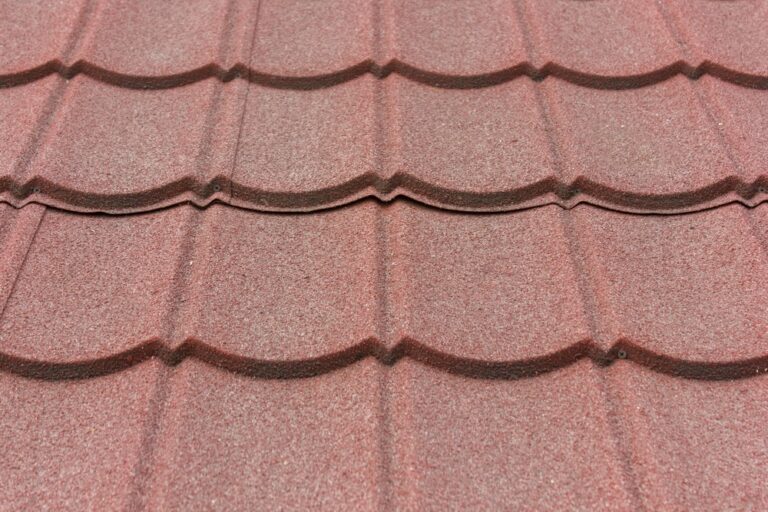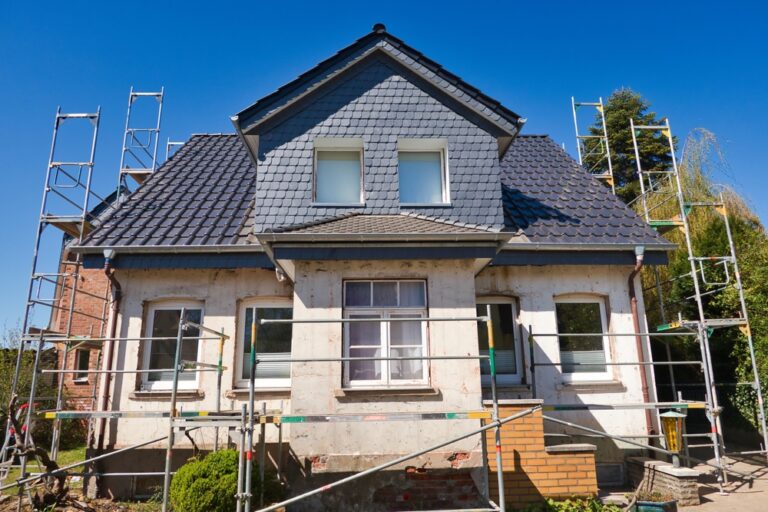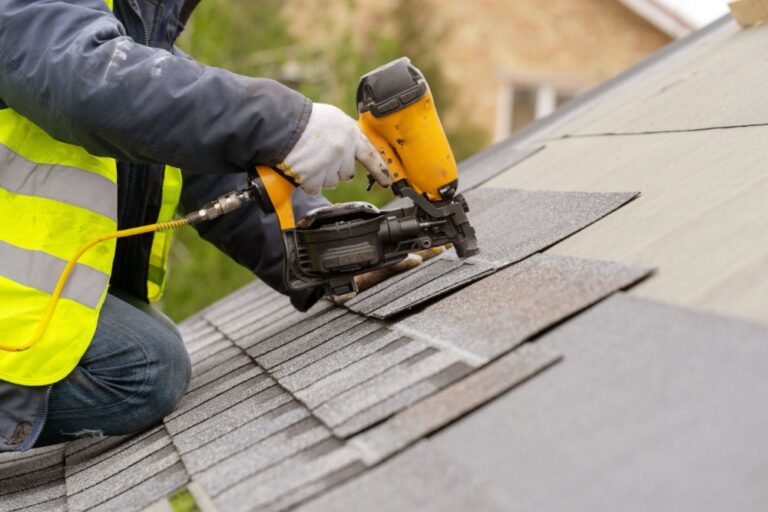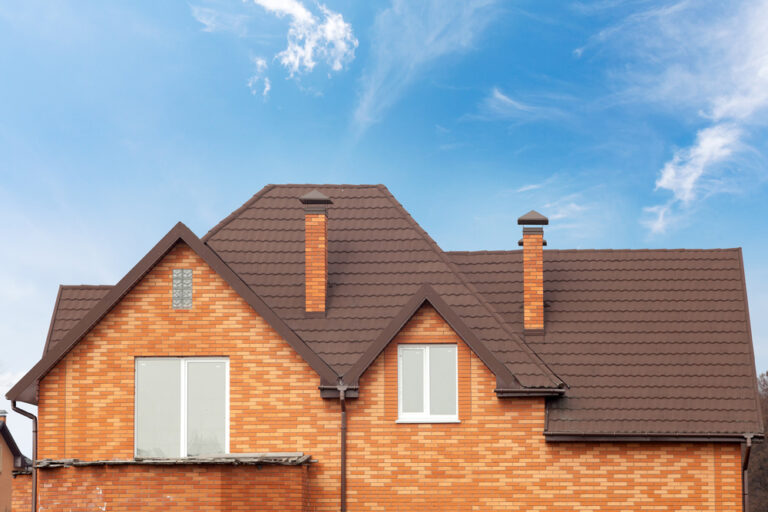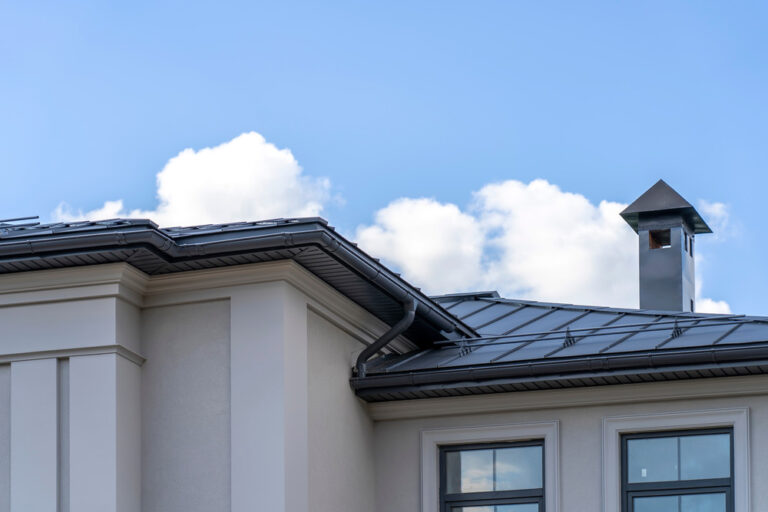Fortify Your Home with the Best Roof for Typhoons
The Philippines experiences 18 to 20 tropical cyclones yearly, making it one of the most frequently and severely affected countries worldwide. Homes are subjected to high winds and heavy rainfall, with roofs taking the brunt of it all. Choosing the best roof design for typhoons ensures that your property can withstand the extreme weather. Typhoon-resistant roofs also make use of certain materials and installation methods to be able to provide adequate protection during the rainy season.
In this blog, let’s explore tips on selecting the best roofing options under such weather conditions, as well as important design principles and other considerations.
How Roof Design Impacts Typhoon Resistance
In the Philippines, it’s vital to build homes with typhoon resilience in mind. You’ve probably seen news reports on television showing the extensive damage left behind by the strongest typhoons our country has ever faced, so you know that the intensity of wind and rainwater poses a significant risk to properties.
Although these forces are beyond our control, there are measures we can take to ensure that your home is built with a roof for a tropical climate.
Roof design plays a huge part in this. Here are roof design ideas for typhoon resistance:
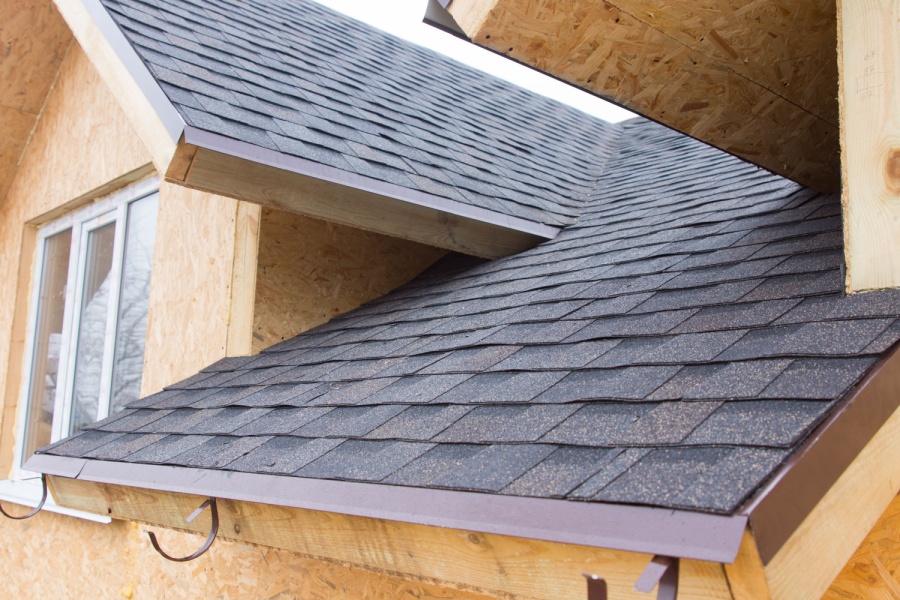
Roof Slope or Pitch
Roofs with steeper slopes are often recommended in typhoon-prone areas. Tropical cyclones in the Philippines reach a maximum wind speed of 87 to 117 kph, while typhoons range from 118 to 184 kph. With these numbers, it’s crucial to factor in wind resistance.
A steeper slope helps deflect wind and water more effectively. This roof design ensures that rainfall will drain correctly and won’t build up and cause damage. Additionally, a steep pitch reduces the surface area exposed to strong wind forces, making it less likely for the wind to pry away the structure.
Roof Shape
The shape of a roof affects its wind resistance. A four-sided roof, for example, gives wind less traction to rip the roof away. Other ideal roof shapes include gable (triangular) and shed (slanted). Hip roofs with all sides sloping downwards are also more aerodynamic, reducing the risk of wind catching and causing structural damage.
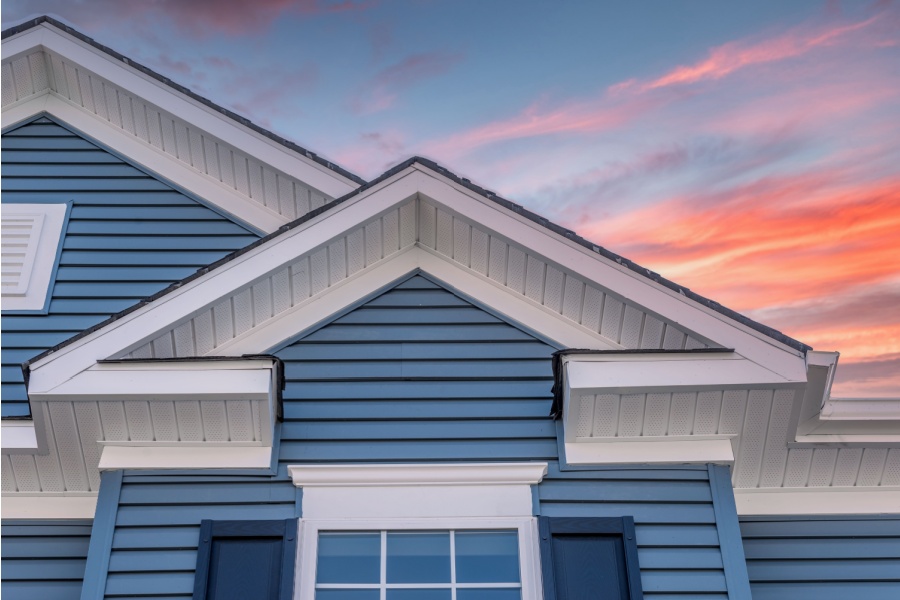
Overhangs
Overhangs, also known as eaves or soffits, are extensions of the roof that hang over the walls of the house. These are also susceptible to lift from strong wind forces. Although these are exterior parts of your home, overhangs are still connected to the main structure and can compromise the integrity of the remainder of your roof. Make sure that overhangs are no more than 20 inches.
Considerations in Choosing the Best Roof Type for Typhoons
Beyond the physical characteristics of the roof itself, other factors must be taken into account when choosing a roofing system. It’s essential to look at the entire structure so that contractors and homeowners can make a more informed decision on their projects.
Here are other factors to consider in choosing the best roof for typhoon season:
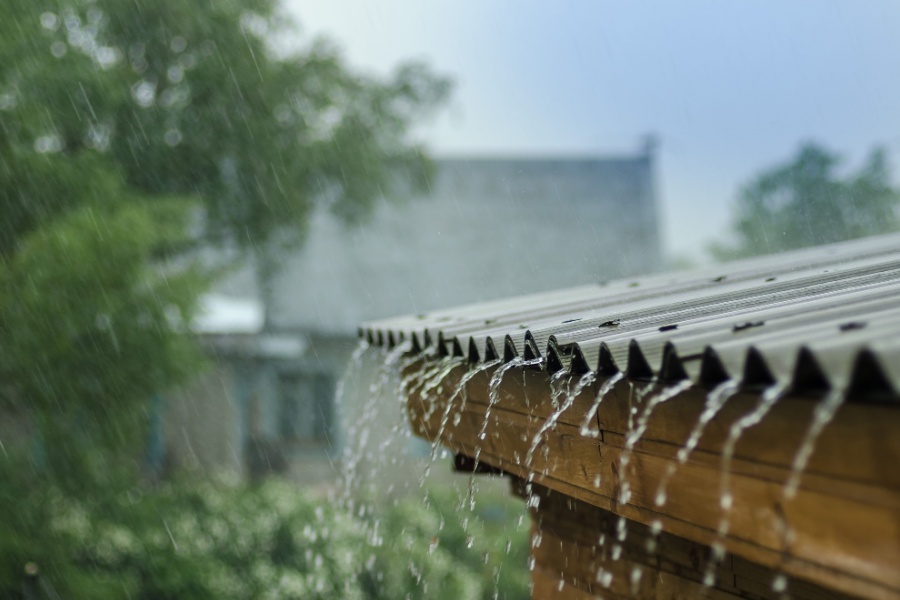
Waterproofing
Typhoons bring large amounts of rainfall. Opt for roofing materials and installation methods that prioritize waterproofing. Proper sealing of seams, flashing, and penetrations maintains a watertight barrier that prevents water infiltration and leakage.
Weight
Consider the weight of the roofing material in relation to the structural capacity of the building. Choose lightweight materials and components to relieve additional load on the framing and support structure while still providing adequate protection against inclement weather.
Local Building Codes and Regulations
A roofing contractor usually handles all matters related to local building codes and regulations, but it’s still crucial to get involved and familiarize yourself with these standards to ensure compliance. These safety and structural integrity guidelines prevent risks associated with extreme weather.
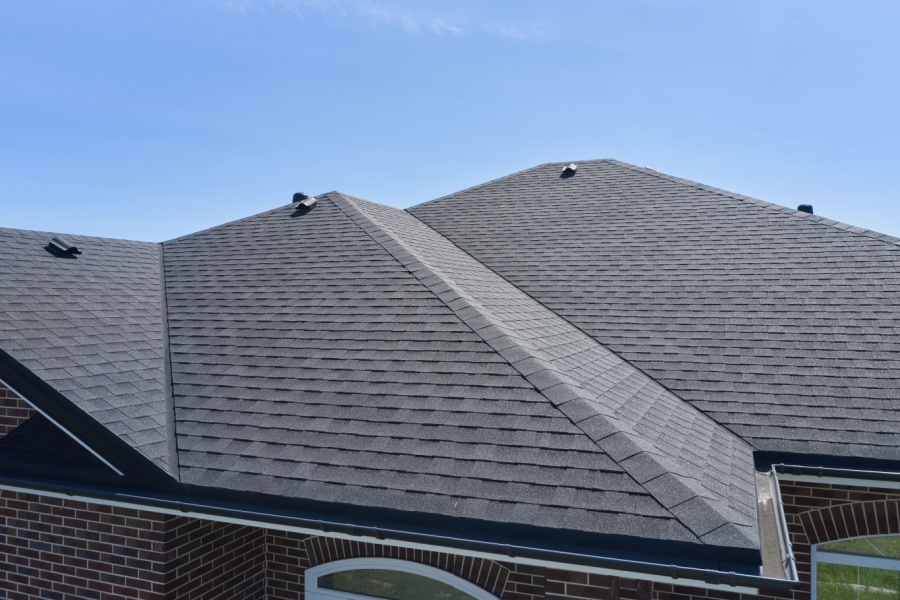
Cost and Budget
While investing in top-notch, typhoon-resistant roofing may require higher upfront costs, it can ultimately save you time and money by reducing the need for frequent repairs and replacements. Estimate the cost of materials, installation, and long-term upkeep so you can allot a budget accordingly.
Maintenance Requirements
The daily wear and tear of a tropical climate can damage roofs over time. In a typhoon-prone country like the Philippines, rainwater can lead to mold, algae, and corrosion on roofs due to moisture content. These highlight the importance of considering maintenance requirements to expand the lifespan of your roofing system.
Best Roof Options for Typhoons
Finding the right material is just as important as deciding on the design of a roof. Some materials, such as patched-up metal sheets or hollow cement blocks, are not durable enough to weather the storm. Instead, opt for the following materials for better performance and protection:
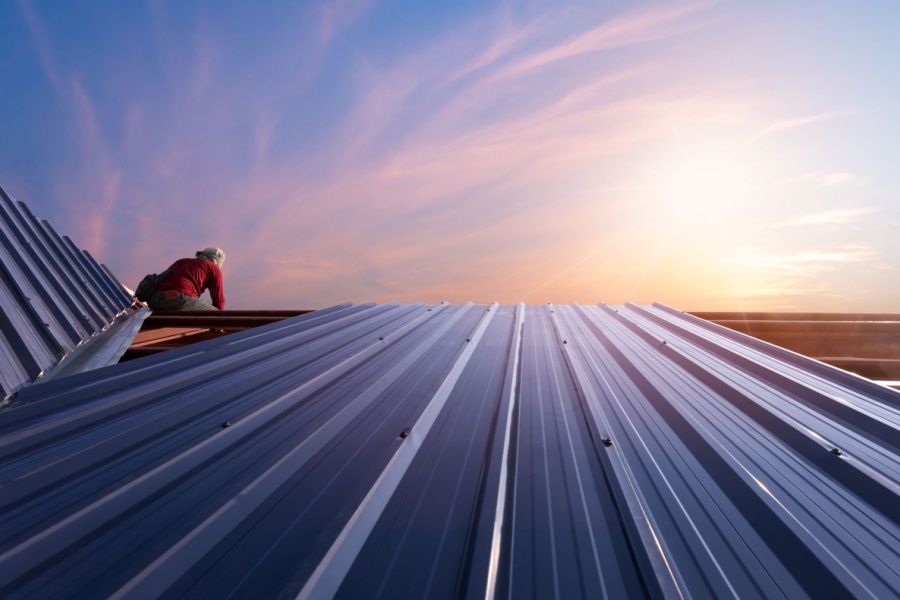
Metal
The most popular roofing material in the Philippines is metal, specifically aluminum or galvanized iron. Metal is an excellent choice because it is highly durable and resistant to high winds, heavy rainfall, and debris. Additionally, metal roofs have a long lifespan and require little maintenance. These reasons make metal one of the best roofing options for typhoons.
Metal roofing also offers various design and style options, like standing seam or corrugated. If you want the high-strength performance of metal but want the look and feel of traditional shingles, you can go with stone-coated metal roofing. This material is known to combine durability and aesthetic versatility.
For example, stone-coated metal shake roof panels are weather-resistant and mimic the rustic appearance of cedar. This roofing material is perfect for homeowners who are particular about achieving a certain aesthetic.
Clay and Concrete
Clay or concrete tiles are the most visually versatile roofing option as they come in a variety of shapes, colors, and designs. They are also fire-resistant and can withstand prolonged exposure to harsh weather conditions.
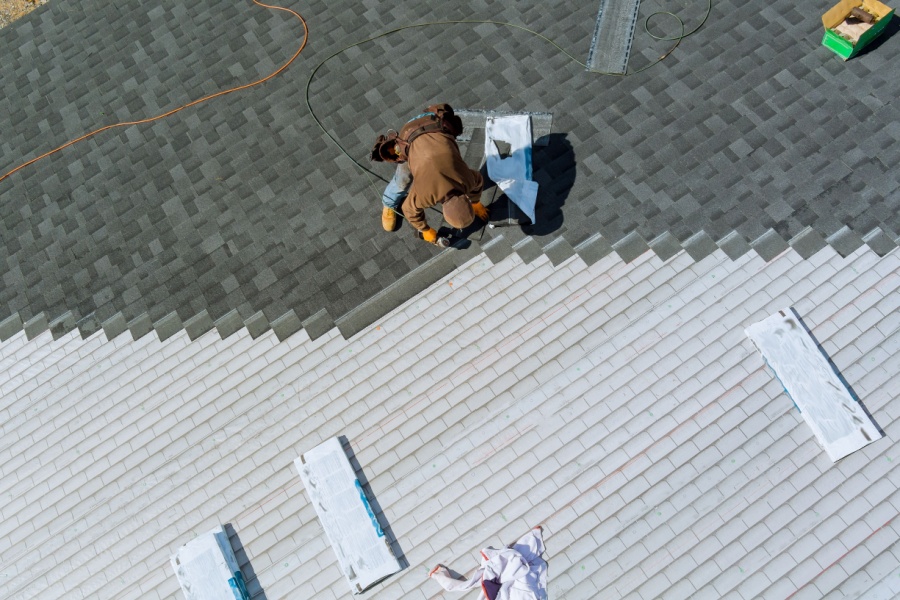
Asphalt Shingles
Asphalt shingles are popular for their affordability and ease of installation, but not all types are suitable for typhoon-prone regions. If you prefer this roofing material, make sure to check for high wind ratings and fiberglass reinforcement to maximize performance. It’s also advised to hire a professional roofing contractor to ensure proper installation.
Synthetic Roofing
Synthetic roofing is lightweight, but don’t let that fool you. Despite being lightweight, synthetic roofing such as polymer-based shingles or tiles is still durable enough to withstand wind, impact, and moisture. Synthetic roofing is gaining popularity in the Philippines due to its versatility and longevity.
Weatherproof Your Roof with Ritestone
Choosing the best roof for typhoon season can be confusing, but with factors such as roof design, waterproofing, roofing material, local building codes, maintenance, and more, you can keep your home protected even in the face of nature’s most powerful storms.
Ritestone has set itself apart as a local stone-coated metal roofing supplier in the Philippines that can help fortify your home. Wind or rain, rest assured your roof can last a long time.
Contact us today to learn more about our products.


